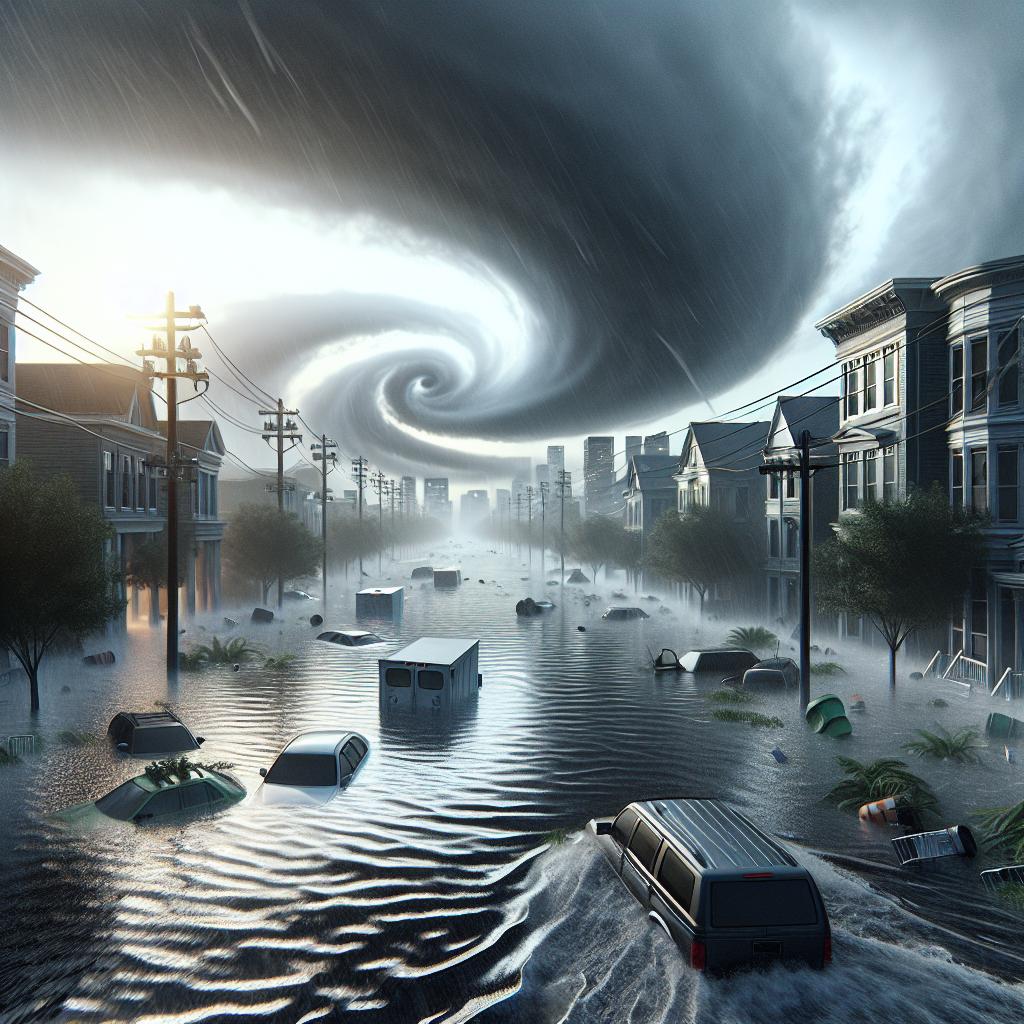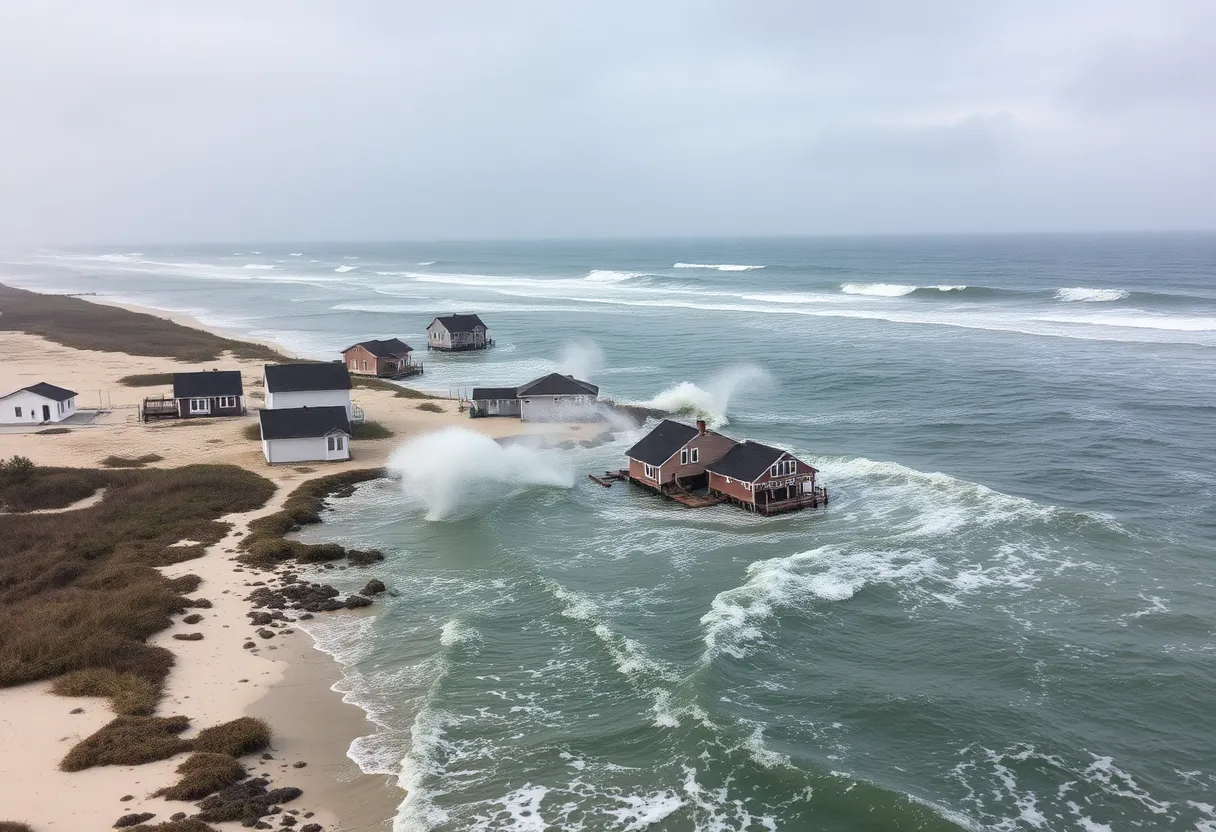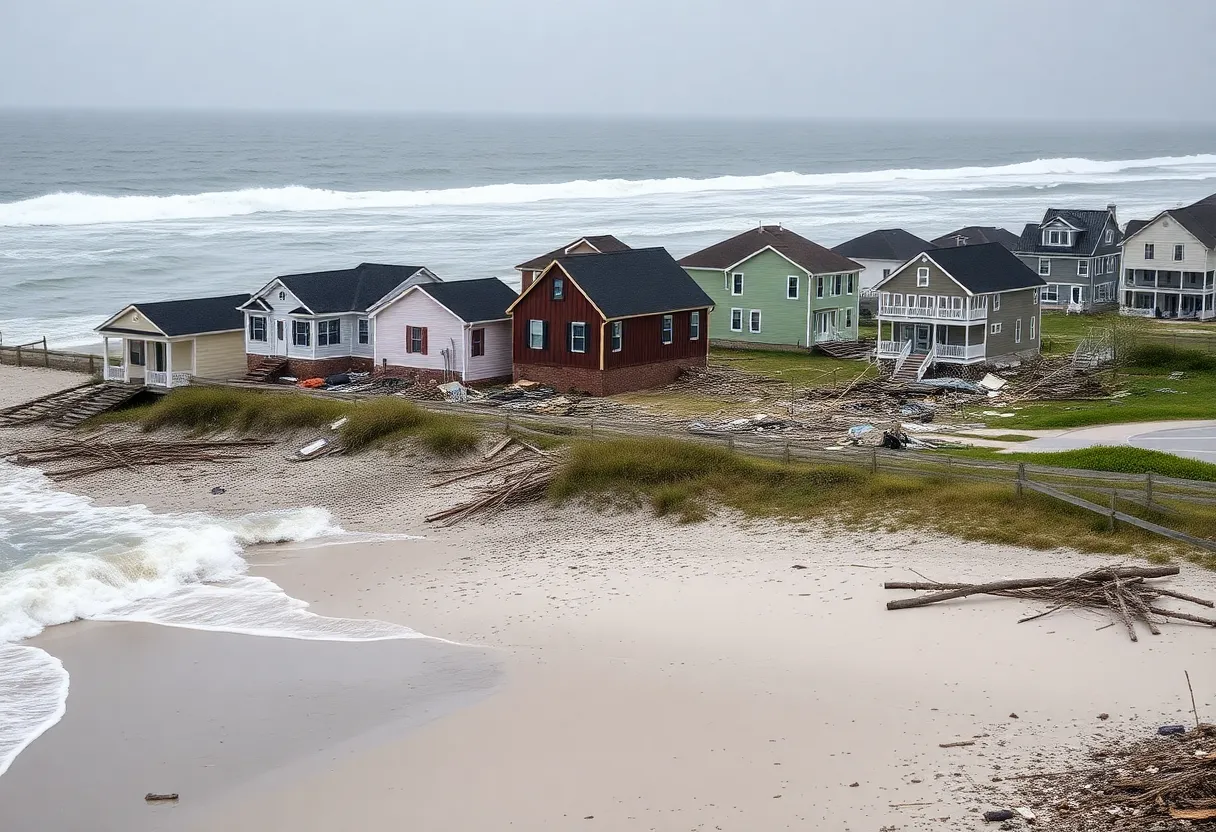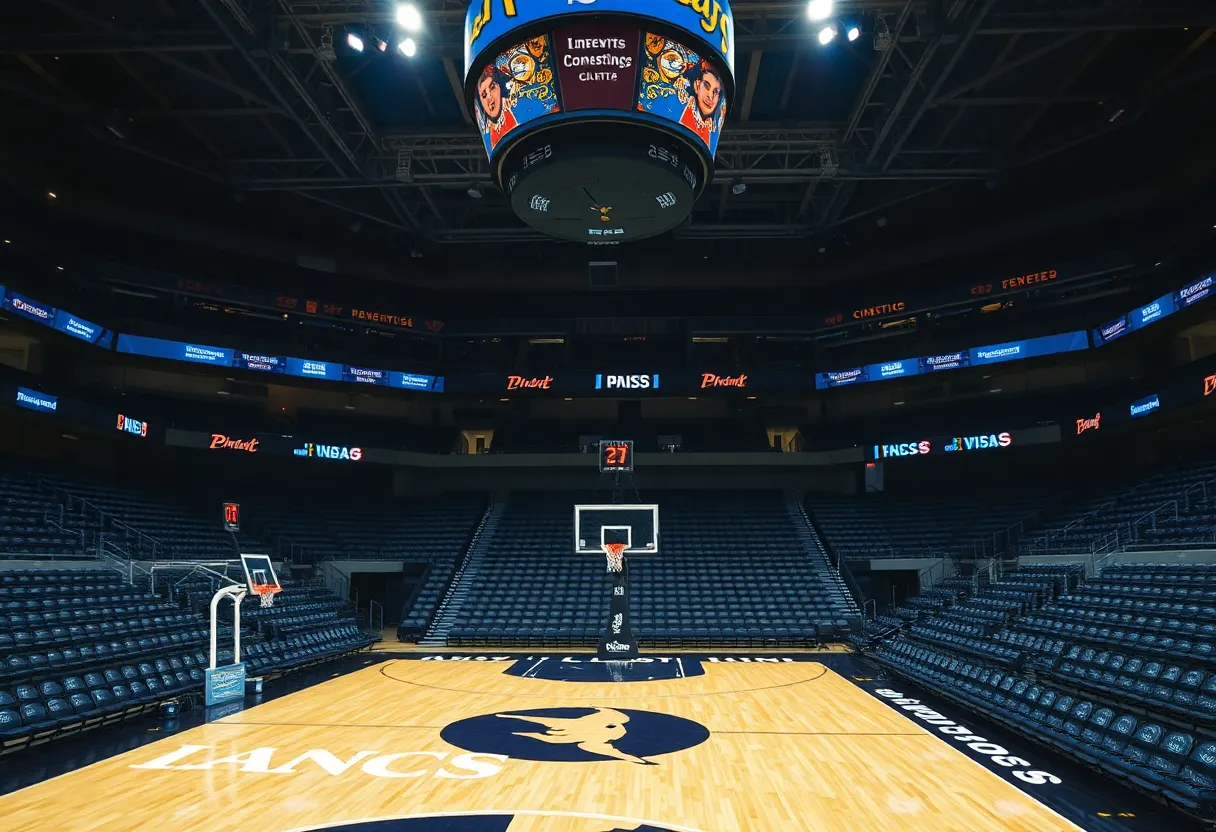Why Category 1 Hurricanes Can Be Just as Damaging as Stronger Storms
As residents of Puerto Rico recover from the aftermath of Hurricane Ernesto, people are reminded that not all hurricanes are created equal, even within the same category. Despite being classified as a Category 1 hurricane, Ernesto has left about 40% of the island without power and caused significant flooding—highlighting that lower-ranked hurricanes can inflict severe damage.
The Saffir-Simpson Scale: A Limited Measure
The Saffir-Simpson scale categorizes hurricanes from 1 to 5, based on sustained wind speed. While it’s easy to assume that stronger storms are necessarily worse, this scale overlooks other critical factors that can also lead to devastation. For instance, significant storm surges and heavy rainfall can occur even in Category 1 hurricanes, causing destructive flooding.
Craig Fugate, a former director of the Federal Emergency Management Agency (FEMA), warns against focusing solely on hurricane categories. He states, “The real danger can lie in the storm’s other characteristics,” urging the public not to underestimate the threats posed by Category 1 hurricanes.
Water, Not Wind: The True Culprit
Data shows that storm surges—where large amounts of ocean water push inland—are responsible for most hurricane-related fatalities. In fact, nearly 49% of deaths in U.S. hurricanes are caused by storm surges, while 27% are due to flooding from heavy rains. Only 8% are attributed to wind. This underscores the importance of understanding that most damage stems from water rather than wind.
Catastrophes from Category 1 Hurricanes
Hurricanes like Debby and Sandy, both classified as Category 1, illustrate the potentially astronomical damages caused by storms that aren’t classified as “major.” Hurricane Debby resulted in five fatalities and an estimated loss of between $12.3 billion and $28 billion. Hurricane Sandy, though also a Category 1 storm at landfall, racked up an astounding $88.5 billion in damages, marking it as one of the costliest hurricanes in U.S. history.
Underestimating the Threat
Experts agree that categorizing hurricanes solely by wind speed can lead to a misleading sense of safety, particularly with Category 1 storms. Xilei Zhao, a data analyst at the University of Florida, emphasizes the need for residents in flood-prone areas to heed evacuation orders, even for lower-category storms.
Climate change further complicates this situation, as rising sea levels are expected to intensify storm surges, increasing the risk for coastal populations. Improved communication regarding storm surge risks is essential for public safety, experts argue.
The Bottom Line
While Category 1 hurricanes may not possess the terrifying wind speeds of their stronger counterparts, their potential for destruction is nevertheless immense. The historical data and current understanding point to the fact that the impacts of such storms can linger long after the winds die down. The Saffir-Simpson scale may provide a quick reference for storm strength, but it certainly does not tell the whole story. Residents along the coast must remain vigilant and informed, regardless of category.

Author: STAFF HERE OUTER BANKS WRITER
The OBX STAFF WRITER represents the experienced team at HEREOBX.com, your go-to source for actionable local news and information in the Outer Banks, Dare County, and beyond. Specializing in "news you can use," we cover essential topics like product reviews for personal and business needs, local business directories, politics, real estate trends, neighborhood insights, and state news affecting the area—with deep expertise drawn from years of dedicated reporting and strong community input, including local press releases and business updates. We deliver top reporting on high-value events such as the Outer Banks Seafood Festival, NC VIP Fishing Tournament, and NCBBA Red Drum Tournament. Our coverage extends to key organizations like the Outer Banks Chamber of Commerce and Outer Banks Community Foundation, plus leading businesses in tourism, retail, and hospitality that power the local economy such as Kitty Hawk Kites, Outer Banks Mall, and Avon Fishing Pier. As part of the broader HERE network, including HEREAsheville.com, HERECharlotte.com, HEREGreensboro.com, and HERERaleigh.com, we provide comprehensive, credible insights into North Carolina's dynamic landscape.





